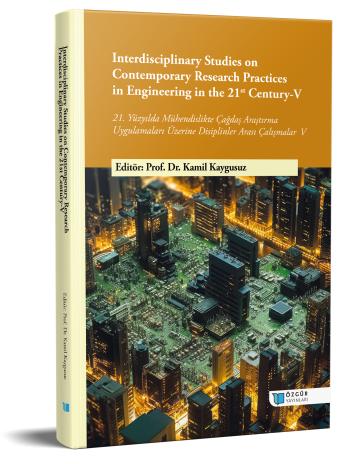
Value of Human Interference in Supply Chain Decisions: Comparison of Human Decision-Makers with Automation
Şu kitabın bölümü:
Kaygusuz,
K.
(ed.)
2023.
21. Yüzyılda Mühendislikte Çağdaş Araştırma Uygulamaları Üzerine Disiplinler Arası Çalışmalar- V.
Özet
With numerous case studies and a great number of experimental research conducted in the field of behavioral operations management, it is now well-established that under supply chain scenarios, human decision-makers do not make the decisions that are predicted by theoretical solutions. The randomness of the customer demand, strategic interaction with other decision-makers, cognitive abilities and personality traits of the decision-makers are among the reasons of this deviation from the optimal.
In this chapter, we compare supply chain contracting decisions made by human decision-makers with randomized decisions using simple supply chain scenarios. We analyze under which contract type and contract price human decision-makers perform better in terms of supply chain efficiency and earn higher profit than the randomized decisions. This analysis is based on data from three experiments conducted with human decision-makers. The first and second experimental studies are based on a single-player setting where decision-makers are making decisions against the computer. The third study, on the other hand, is based on a human-human two player setting where strategic interaction between the decision-makers is also at play. In all settings we consider a single-supplier-single retailer setting where the retailer is faced with a newsvendor problem of which the parameters are determined by the supplier.
In the first study, decision-makers undertake the role of a retailer and make stock quantity decisions under a predetermined wholesale price contract. In the second and third studies wholesale price contract, buyback and revenue sharing contracts are considered. The second study consists of retailer and supplier treatments. The retailer treatments of this study are similar to the first study except for the additional contract types. In the supplier treatments the decision-makers take the role of the supplier and determine contract prices against a computerized retailer who places the newsvendor optimal order. Finally, in the third study half of the decision makers undertake the role of the supplier and the other half take the role of the retailer and make decisions against each other.
For the randomized decisions we simulate 10000 random data points for each experimental study. We then compare the performance of the human decision-makers with the randomized system. Our analyses reveal that, surprisingly, the random system does not necessarily perform worse than the humans. On the contrary, when there is high involvement of personal conflicts and biases, the random system has higher contract efficiency. However, when the profit margin small, when there is high inventory risk or when the other firm is making rational decisions, the random system underperforms. These findings suggest that when the profit margin is high, when the inventory risk is reduced via a high buyback price under the buyback contract or a low wholesale price under the revenue sharing contract supply chain contracting decisions can be automated.
The comparison reveals that This study, albeit in a highly constrained context, represents an important step in understanding when human intervention in supply chain decisions is beneficial, under what conditions automation can be considered in supply chain decisions, and the values of factors such as contract type, price, and strategic interaction that affect the performance of human decision-makers.

